Types of Ants | How to get rid of Ants Naturally | DIY Ant Repellents
What are Ants?
Ants are eusocial insects belonging to the Formicide family having fossil records! There are a large number of ant species present worldwide. Vivid ant species cause harm to humans as well as animals through their stings and become a nuisance.
The number of ants existing in the world outnumbers the human count but is nothing to worry about as there are various natural and man-made techniques that help in maintaining the balance.
Life cycle of Ants
Ants go through metamorphosis, i.e., they change their body form completely, during their life cycle spanning across several weeks, in the following four stages:
- Eggs: It is the first stage of an ant’s life. Eggs are tiny, soft, and oval-shaped. However, many of them are consumed by the nestmates who reach the second stage before them.
- Larvae: The remaining eggs hatch in to larvae that resemble worms. They do not have eyes or legs and are dependent upon adults for food.
- Pupae: The larvae transform in to pupae that resemble adult ants. However, their legs and antennae are not grown yet and have a whitish appearance.
- Adult: Eventually, the pupae turn in to adult ants. In their young state, they appear light and grow darker with time. Adult ants can be anything from queen to worker or male.
How to identify Ants?
Ants are one of the tiniest creatures and can be easily identified from them color ranging from reddish-brown to black. Different species of ant possess unique features according to which they are identified.
However, it is a difficult task to distinguish between species having a more or less similar appearance.
Why are Ants so hard to get rid of?
One of the most significant reasons why ants are hard to get rid of is their huge population due to regular mating. Ant colonies and troops can be observed at various places, especially in forests.
Ant infestations can be a major issue because of their stubborn nature and requires immediate attention. It is difficult to get rid of them even with the use of various ant deterrents and insecticides because of their ability to quickly adapting to changes.
Types of Ants
There are nearly 12000 species of ants all around the world. Different species are native to different parts of the world and possess multiple functions which vary from each other in several ways.
Some of these types of ants and their biology are mentioned below:
1. Acrobats
It is one of the most common species of ants that are found all across the world.
Physical appearance: They can be distinguished from other ants by their heart-shaped abdomen which is raised by them during alarming situations.
Life Cycle: They reproduce in nuptial flights.
Food: They feed on insects like wasps by stunning them with their venom.
Places: These can be found both indoors and outdoors. Outdoor ants are usually found in trees, wood, or nests.
Damage caused: They weaken the infrastructure by nesting indoors, inside the wood, or insulating boards.
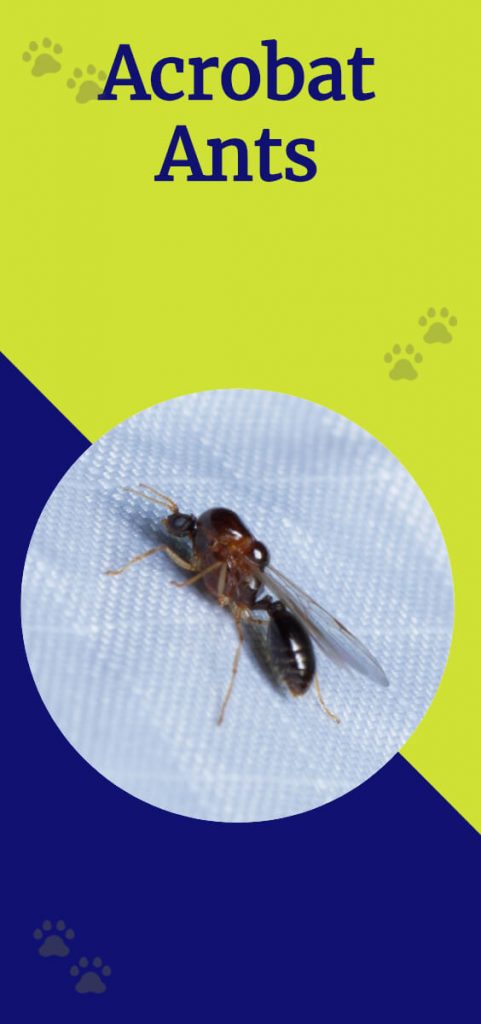
2. Argentine Ants
Physical appearance: They are six-legged and their size ranges from 0.06 inches to 0.25 inches.
They have an oval-shaped, segmented body with antennas over their head. Their color varies from dark-brown to black.
Life cycle: They are highly reproductive, but the worker ants don’t lay eggs. They have reproducing colonies, each of them having multiple queens.
Places: They are usually found in damp conditions, especially around the food source. They are highly adaptive to climate change and are native to Uruguay, Paraguay, and northern Argentina.
Damage caused: They usually damage crops.
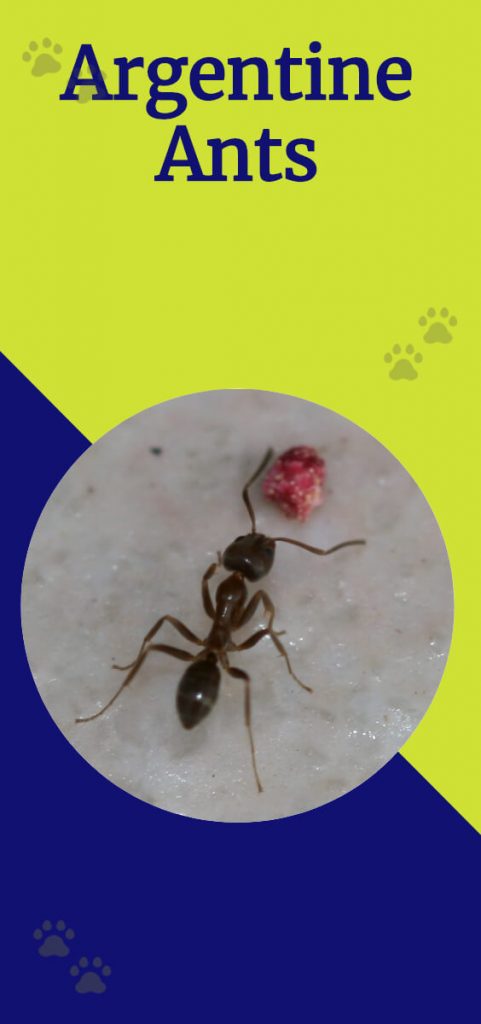
3. Asian Needle Ants
Places: They are usually found in damp areas beneath stones and debris, and areas of Asia and Japan.
Damage caused:
Asian needle ants are considered as a destructive invasive species as they possess risks to human health due to the anaphylaxis induced by them.
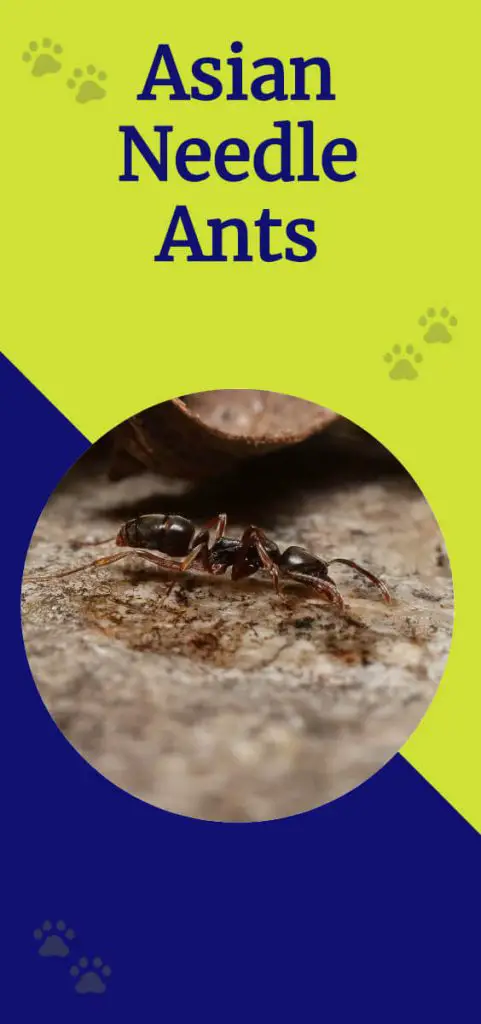
4. Carpenter Ants
Life Cycle: They reproduce through nuptial fighting in the spring season as their eggs take around sixty days to transform in to adult ants. Each colony of these ants consists of a single queen.
Food: They are predator and scavenger ant species as they feed on insects.
Places: They are indigenous to forests as they prefer nesting within dead, damp woods.
Damage caused: Sometimes they infest in buildings, resulting in infrastructural damages.
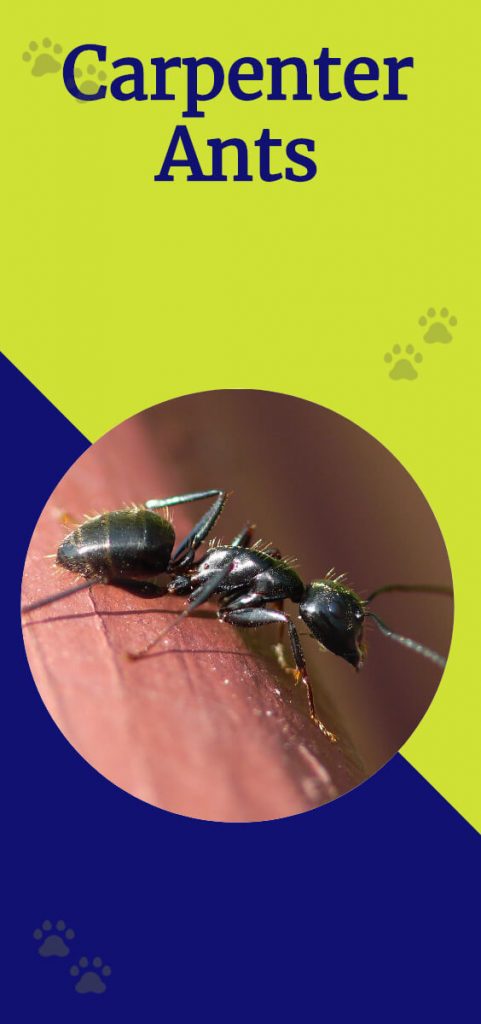
5. Odorous House Ants
They are also known as Sugar Ants, Coconut Ants, and Stink Ants because of the foul smell released by them on being crushed.
Physical Appearance: They are small in size ranging from 0.06 inches to 0.25 inches. They are brown or black colored.
Life Cycle: The colonies are polydomous, consisting of multiple queens that lay eggs which take around 11 to 26 days to incubate. The average lifetime of the queen is eight months and males do not live for more than a week.
Places: These are found within houses and near the sources of sweets and water.
Damage caused: They invade buildings by entering through cracked holes and crevices.
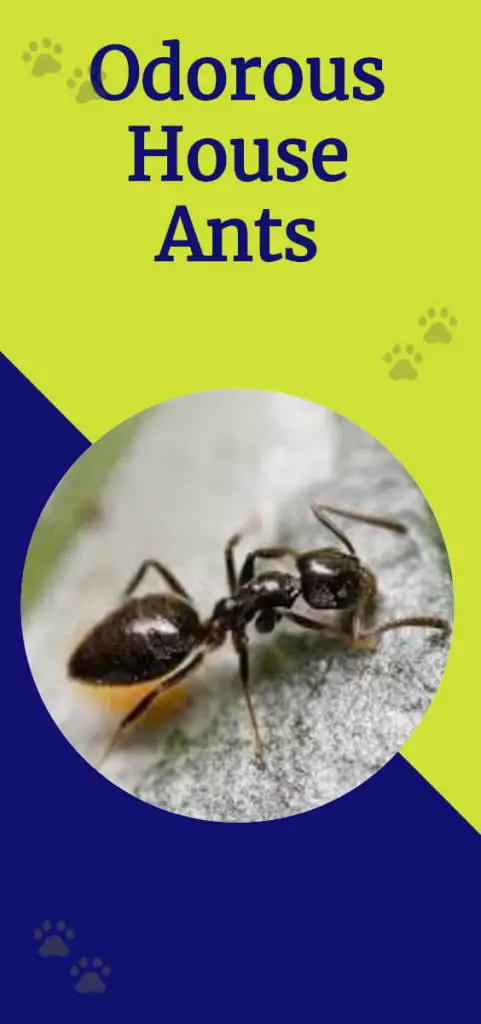
6. Pavement Ants
Physical Appearance: Their size ranges from 2.5 mm to 4 mm. They are dark brown or black in color, and can be identified from the spines on their back followed by two nodes on the petiole.
Life Cycle: They reproduce in the spring season by nuptial fighting and conquer new areas for nesting during late spring and early summer by attacking the neighboring colonies.
Places: They are native to Europe and are found within the pavements of the buildings.
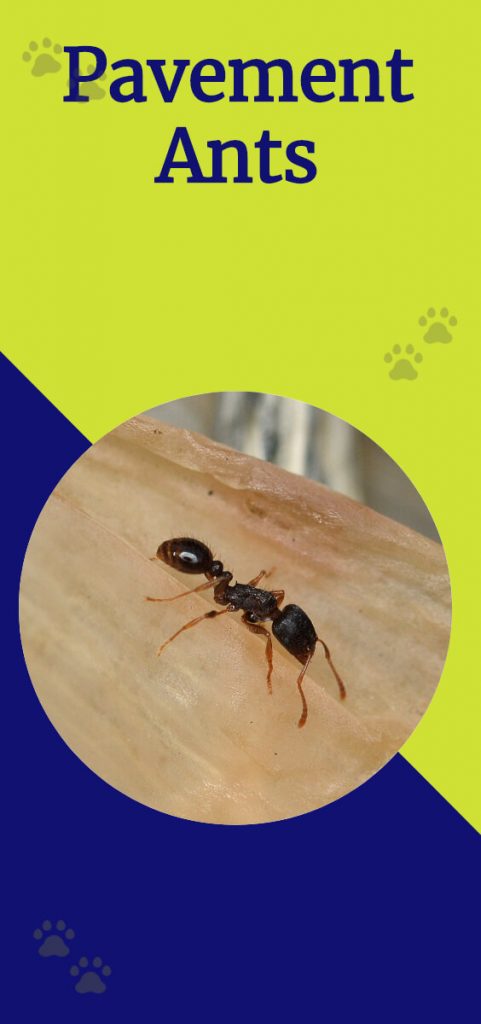
7. Pharaoh Ants
Physical Appearance: They are 2 mm long and vary from yellow to light brown in color.
Life Cycle: They are polygynous, i.e., each colony consists of multiple queens that can lay hundreds of eggs throughout the year. The ideal temperature for the eggs to hatch within seven days is 27⁰C. After hatching, they remain in the larvae stage for 19 days.
Places: They are native to Europe, Australia, south-east Asia, and the United States.
Damage caused: They can cause major infestations indoors, especially in hospitals.
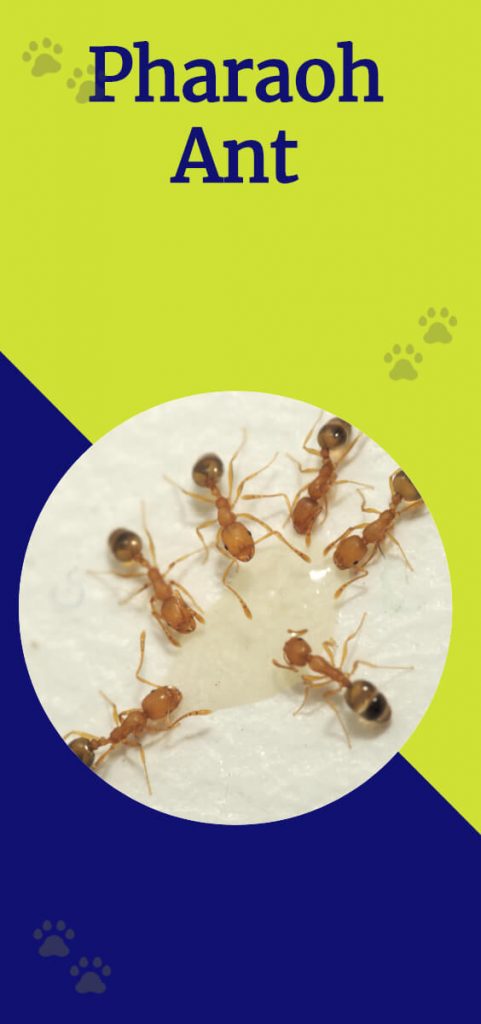
8. Crazy Ants
Physical Appearance: They are also known as ‘Longhorn Crazy Ants’ because of its rapid and quick movements. They are 0.125 inches long and reddish-brown in color. The wings of Queen ants are removed, whereas, male ants don’t have wings.
Life Cycle: They reproduce during warm and humid climate, around their nests.
Places: They are native to South America as they prefer warmth and moisture. They are usually found under stones or piles.
Damage caused: They infest on electrical equipment and cause short circuits as they chew the wirings.
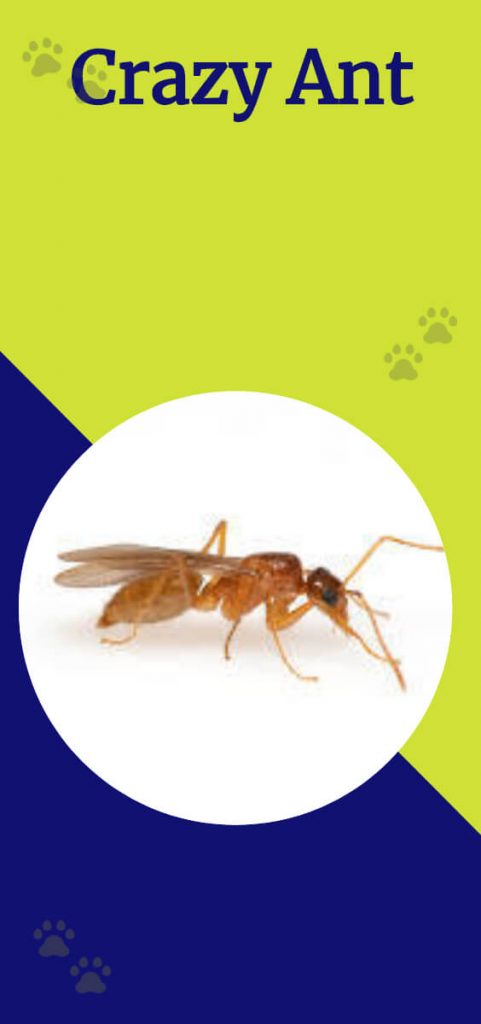
9. Dark Rover Ants
Physical Appearance: They are small and dark-brown colored. The worker ants are 2 mm and carry antenna.
Life Cycle: They are scavenger ants and their colonies are comparatively smaller. They reproduce during the spring and summer seasons.
Place: They are native to South America and their nests are found in the soil, potted plants, or wall voids.
Damages caused: They invade houses and cause infrastructural damages along with transmitting certain viruses like bacterium E. coli.
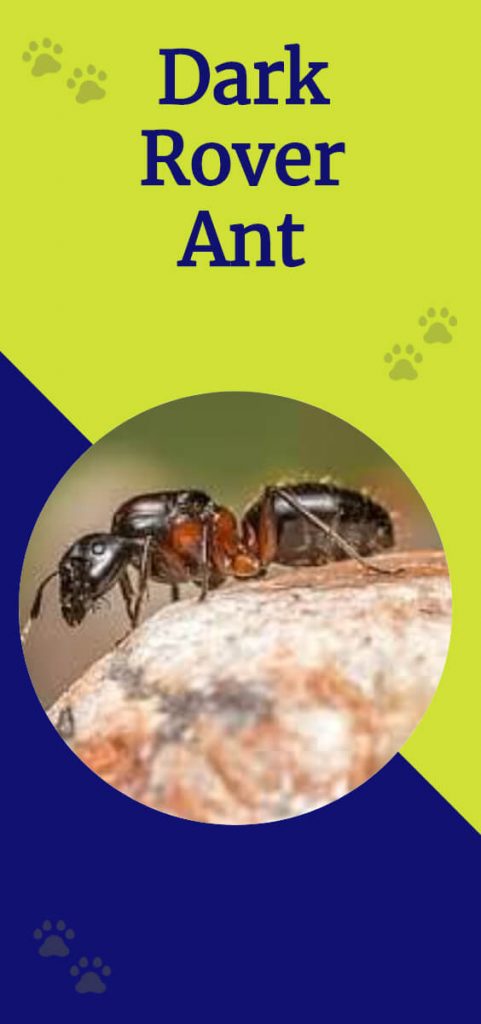
10. Fire Ants
Physical Appearance: They are also known as ‘Ginger Ants’ and ‘Tropical Fire Ants’ because of their red color and painful sting. Their body parts include the head, thorax, and abdomen, along with a pair of antennae and six legs. The size of worker ants varies from 2 mm to 6 mm, along with their color being shades of black and red.
Life Cycle: The colonies of these ants are founded by queens. Some of these colonies are polygynous. These are also resilient to flood
Places: Their nests can be discovered in soil or moist areas.
Damage caused: They have painful stings that cause a burning sensation as they inject an alkaloid venom called solenopsin.
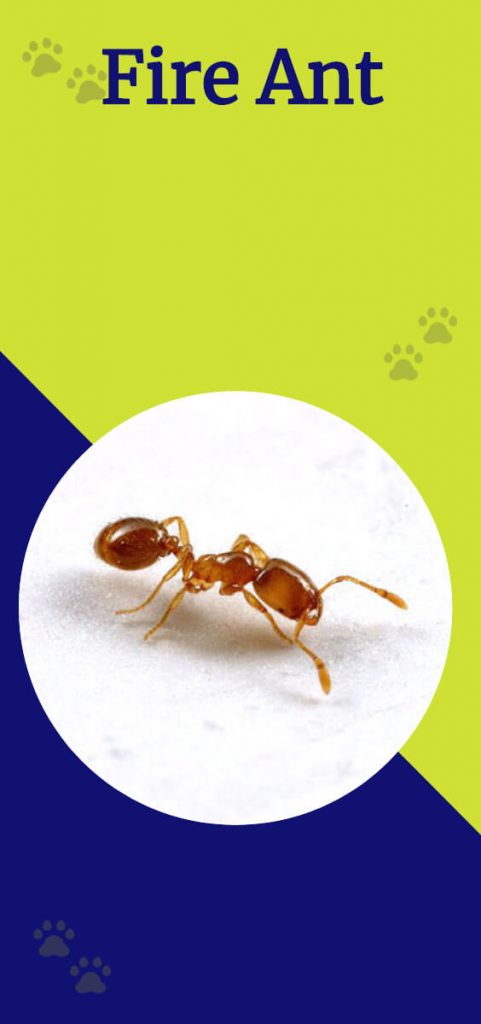
11. European Fire Ants
Physical Appearance: They are also known as ‘Common Red Ant’ because they are red in color, and have darker pigmentation on the head.
Life Cycle: Their colonies are polygamic and can include hundreds of queens living up to 15 years. The nuptial flights take place in late July to mid-August after which the queen ant sheds off her wings and the male ants die.
Places: They are found in Europe and certain parts of North America and Asia. They live in soil and under the stones.
Damage caused: They are an invasive species as they colonize places.
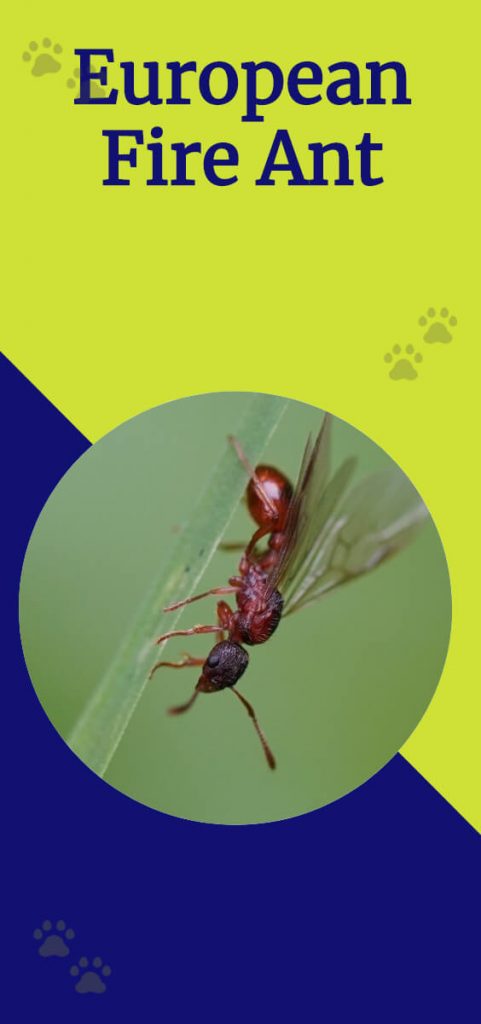
12. Field Ants
They are also known as Thatching ants, Mound ants, and Wood ants.
Physical Appearance: They are around 4 mm to 8 mm long and have wings.
Life Cycle: Their colonies are polygamic and the queens of the colonies may or may not be related to each other. The individual ants gather together and form a raft to survive the flood.
Food: They are known for their parasitic behavior as they feed on aphids and other insects.
Place: They live near woods, where most of their necessities are fulfilled.
Damage caused: They can cause infrastructural damage.
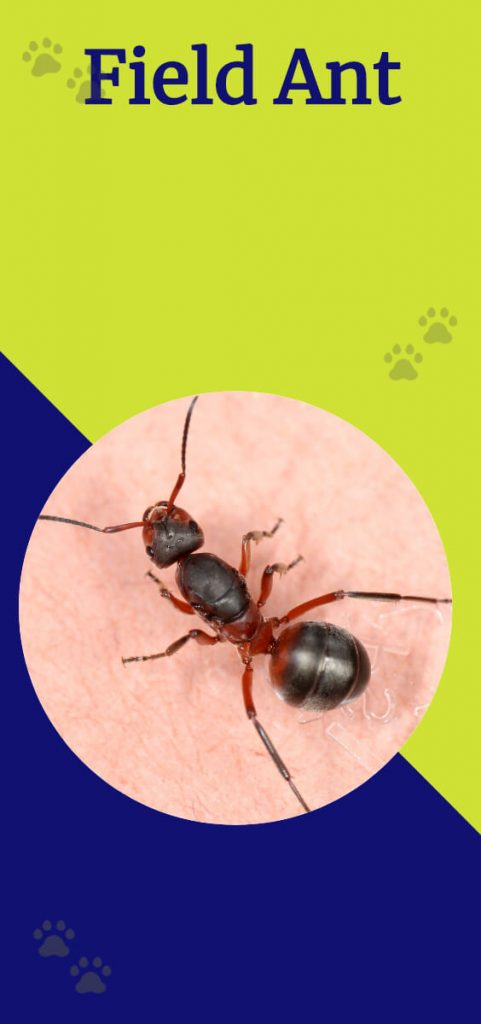
13. Harvester Ants or Red Harvester Ants
Physical Appearance: They are around 5 mm to 7 mm long, and are often confused with Fire Ants due to similar features.
Life Cycle: They undergo perennial mating where the males search the ants of their species.
Food: They feed on seeds and nest underground.
Places: They are native to the southwestern United States as they prefer arid, chaparral habitats.
Damage caused: The stings of harvester ant can be painful.
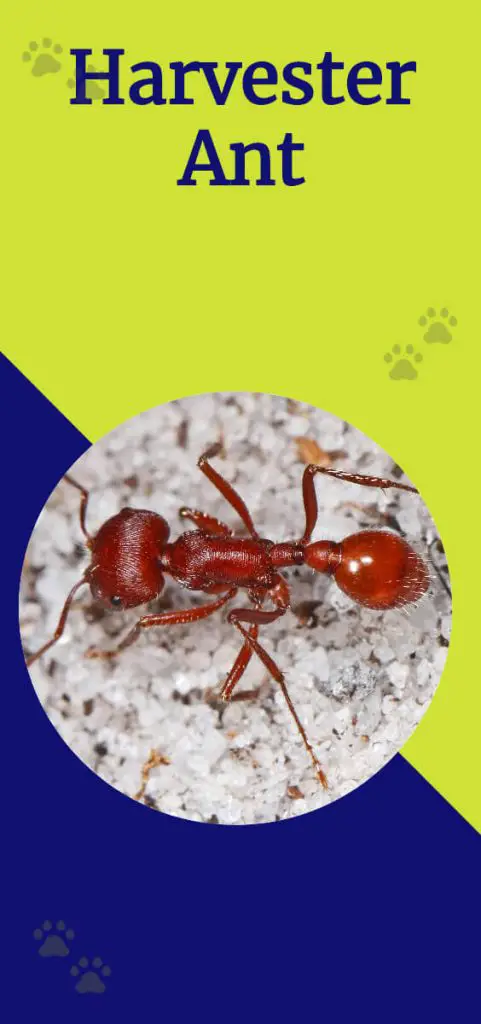
14. Thief Ants
Physical Appearance: Their size varies from 0.5 mm to 3 mm long. They have small eyes and their body consists of two-segmented petiole and ten segments in their antennae. Their color ranges from yellow to light brown.
Life Cycle: The nuptial flights take place from late July to late fall and they mate while flying. Their colonies are polygynous, having multiple queens that lay around 27 to 387 eggs per day.
Food: They are called ‘Thief Ants’ because of their habit of building nests near each other, to steal food.
They are also known as ‘Grease Ants’ as they consume grease.
Places: They don’t need a specific place to nest but dwell in homes or under the rocks.
Damage caused: They infest in human dwellings and are hard to get rid of.
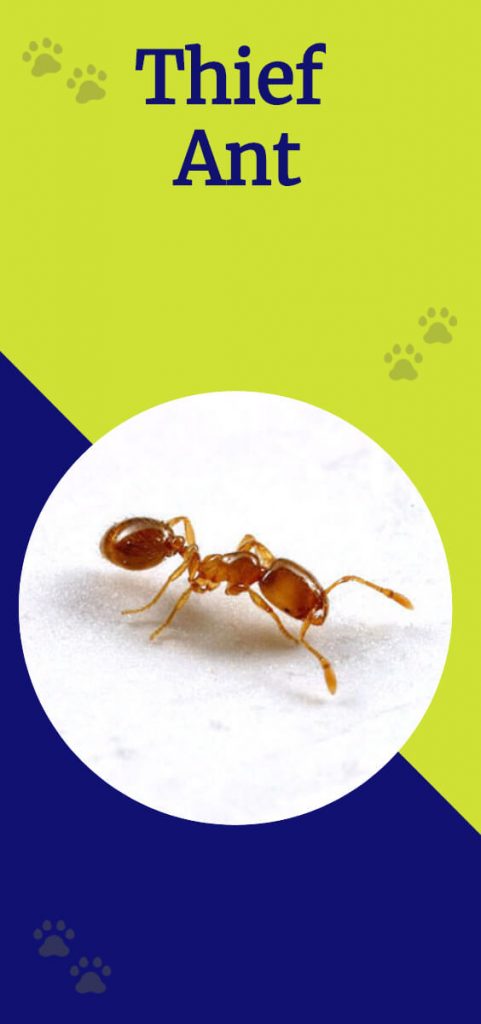
15. Black House Ants
Physical Appearance: They are about 2 mm to 3 mm long, and the males are comparatively smaller in size. The color of the ants varies from brown to black.
Life Cycle: Their colonies are polygamic and proliferate by budding. They are mostly active during the night time.
Places: They are native to Australia as they prefer dry areas and nest below stones or dry logs.
Damage caused: They are prohibited in places like California as they disturb the ecosystem of the country. Also, they bite humans, animals, and produce odor on being crushed.
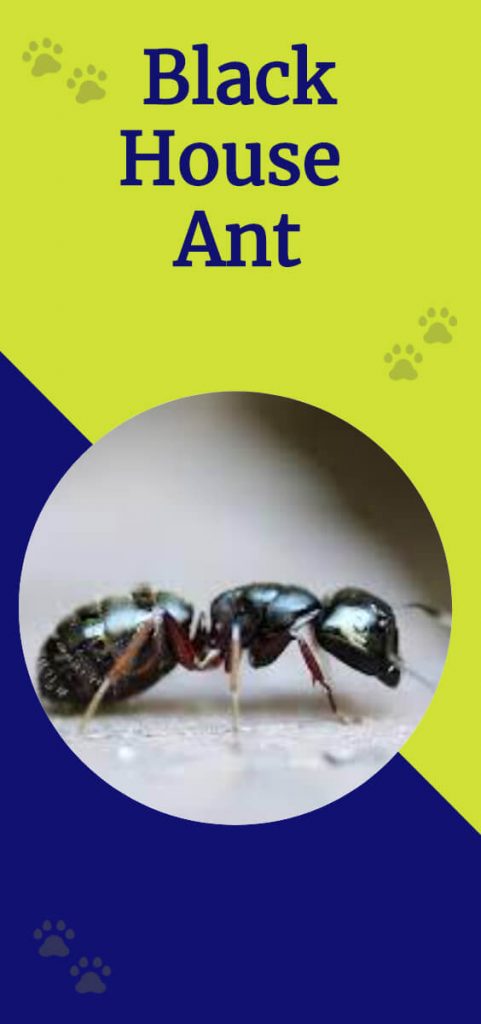
What are Flying Ants?
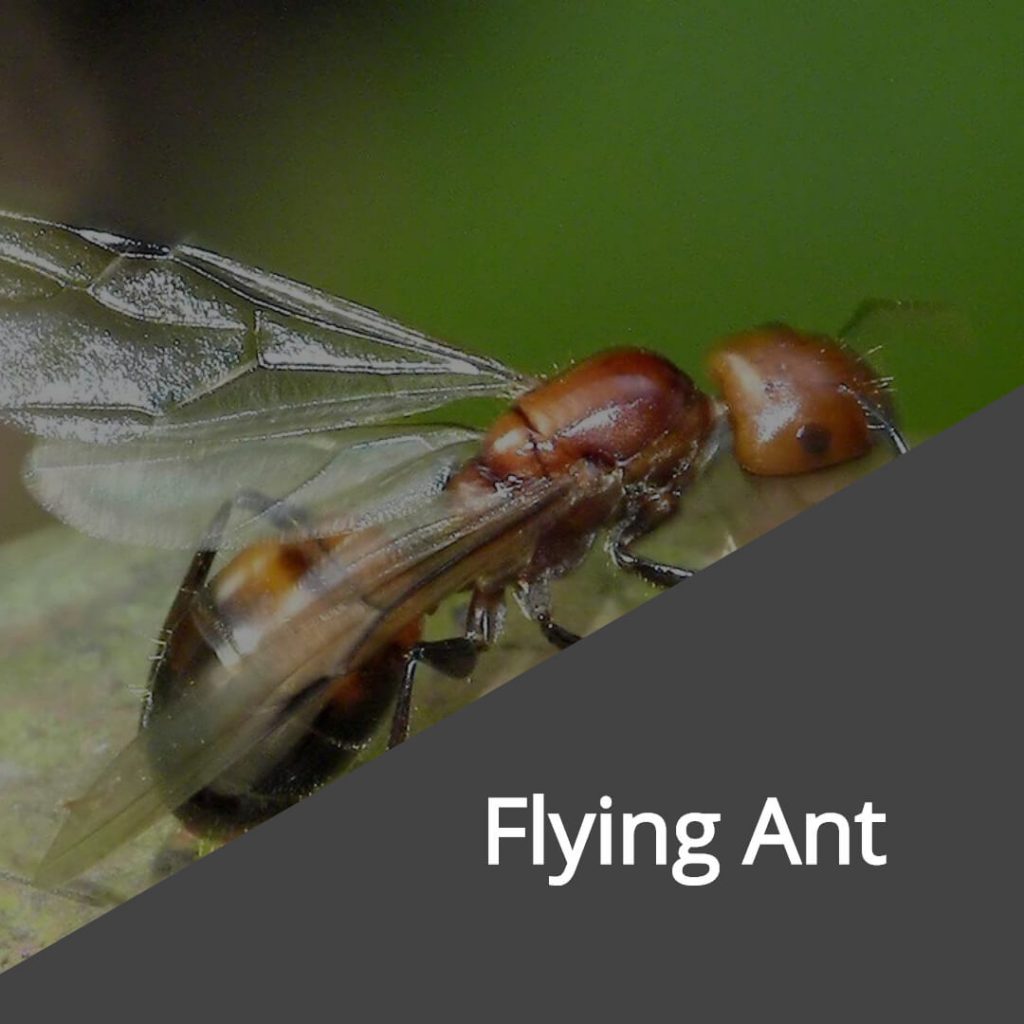
Flying ants are the ants that are termed as sexually matured by the entomologists.
They are created by the queen’s discretion and are fed by the working group of the colonies.
They are reproductive members of the colonies as they take part in nuptial fights when there is high humidity along with warm weather conditions.
They are also known as Swarmer’s due to their swarming habit to keep the predators at bay, and their bites lead to skin irritation.
How to get rid of ants naturally?
You can get rid of ants naturally by using the following organic things and combinations:
- Mint: It is a natural pest repellent and can be planted around areas of infestation.
- Lemon Juice: Mix some lemon juice with water to make a spray, and spray it around entryways and places prone to infestation.
- Cinnamon: The inhalation of cinnamon by ants result in their suffocation and death. Cinnamon, in powdered form, can be sprinkled around infested areas, or cinnamon oil can be made use to make a spray.
- Black Pepper: It can be used in either powder form or the form of spray by combining it with water.
- Food – Grade Diatomaceous Earth: The powder is a remnant of phytoplankton and a well-known ant repellent.
- Apart from these, Vinegar and Cayenne Pepper can also be used to get rid of ants.
DIY Ant Repellents
You can get rid of ants by making the following organic sprays or traps at home by yourself:
- Vinegar and water spray: It’s a safe remedy as it won’t cause any harm to children or animals but will eliminate ant colonies.
- Essential Oils spray: Combine clove essential oil, peppermint oil, and tea tree oil with water to make a spray and use it near infested places.
- Sugary Baking Soda Ant Killers: Mix some sugar with baking powder and place it near the ant congregation as baking soda is unsafe for consumption by ants.
- Dish soap and water spray: Combine some dish wash with water and pour it on the ants.
- Boric Acid and Sugar Liquid Ant Trap: Boric acid is a natural ant killer and sugar liquid acts like bait for ants. Combine both of them and spray at infested places.
However, inhalation of boric acid can cause problems for pets. - Cornmeal and Boric Acid Ant Trap: Cornmeal is used as a bait for ants. Mix some of it with boric acid and place near the infested places or ant colonies.
Ant Infestation Home Remedies
You can prevent ants from infesting your place through the following steps:
- Shabby and unhygienic environment tend to attract not only ants but many other pests that are hazardous to human health. Therefore, make sure that your place is hygienic by cleaning it regularly.
- Food products attract ants. Therefore, all the surfaces must be kept cleaned especially, the kitchen area which is most prone to infestation.
- All the areas consisting of small holes or crevices serve to be the most active source of pest infestation. Covering such areas with the help of a sealant is a significant step towards prevention.
- Spilling huge amount of water can swipe off the ants but it would result in wastage of water.
- They include substances like cayenne pepper, bay leaves, vinegar, and peppermint oil, which are disliked by ants.
Conclusion
Ants are much more populated than humans and have multiple species, many of which pose threat to humans and animals. Therefore, it is advised to prevent them from infesting and get rid of them as soon as possible by using organic things and sprays as mentioned above.
